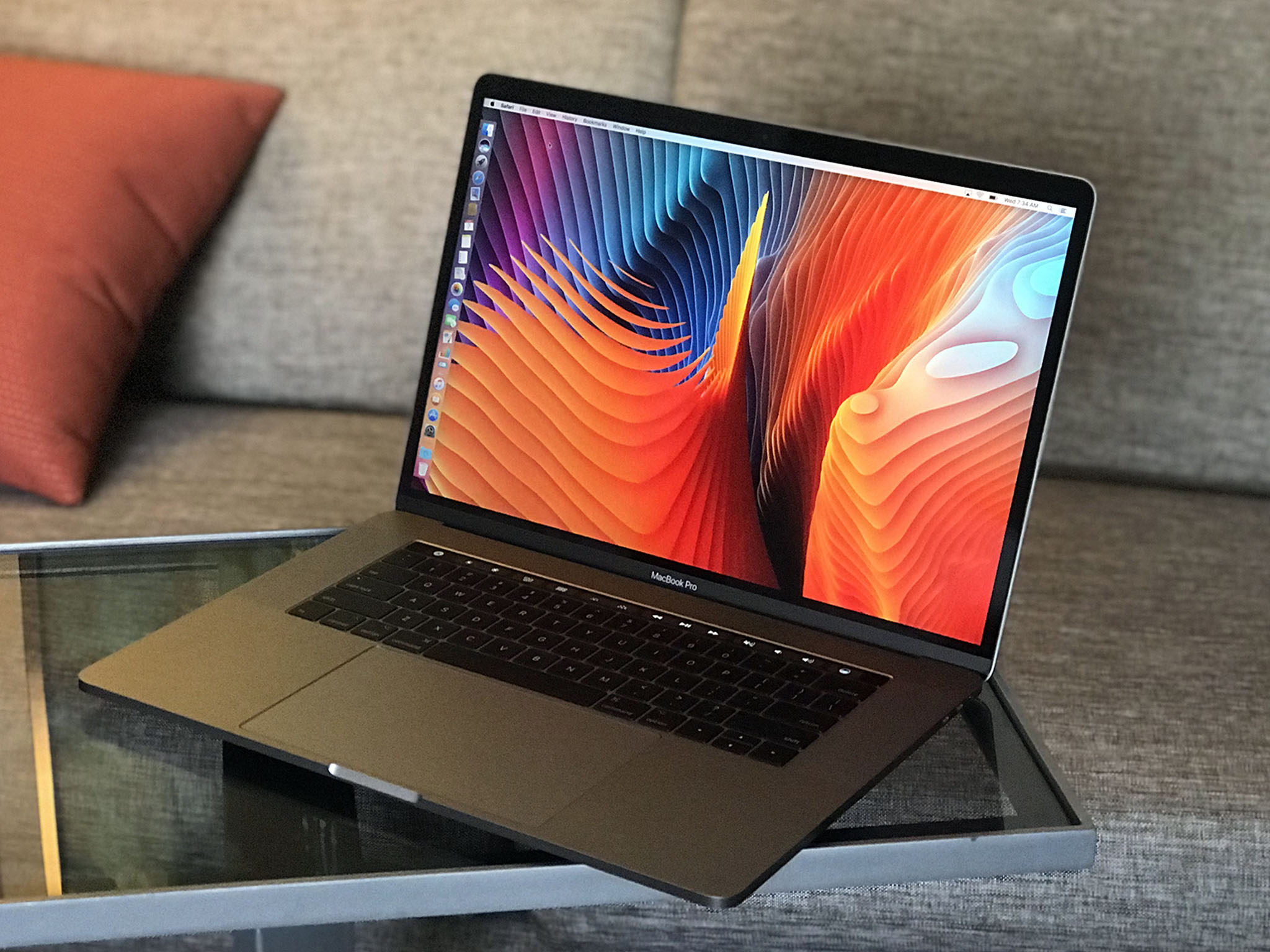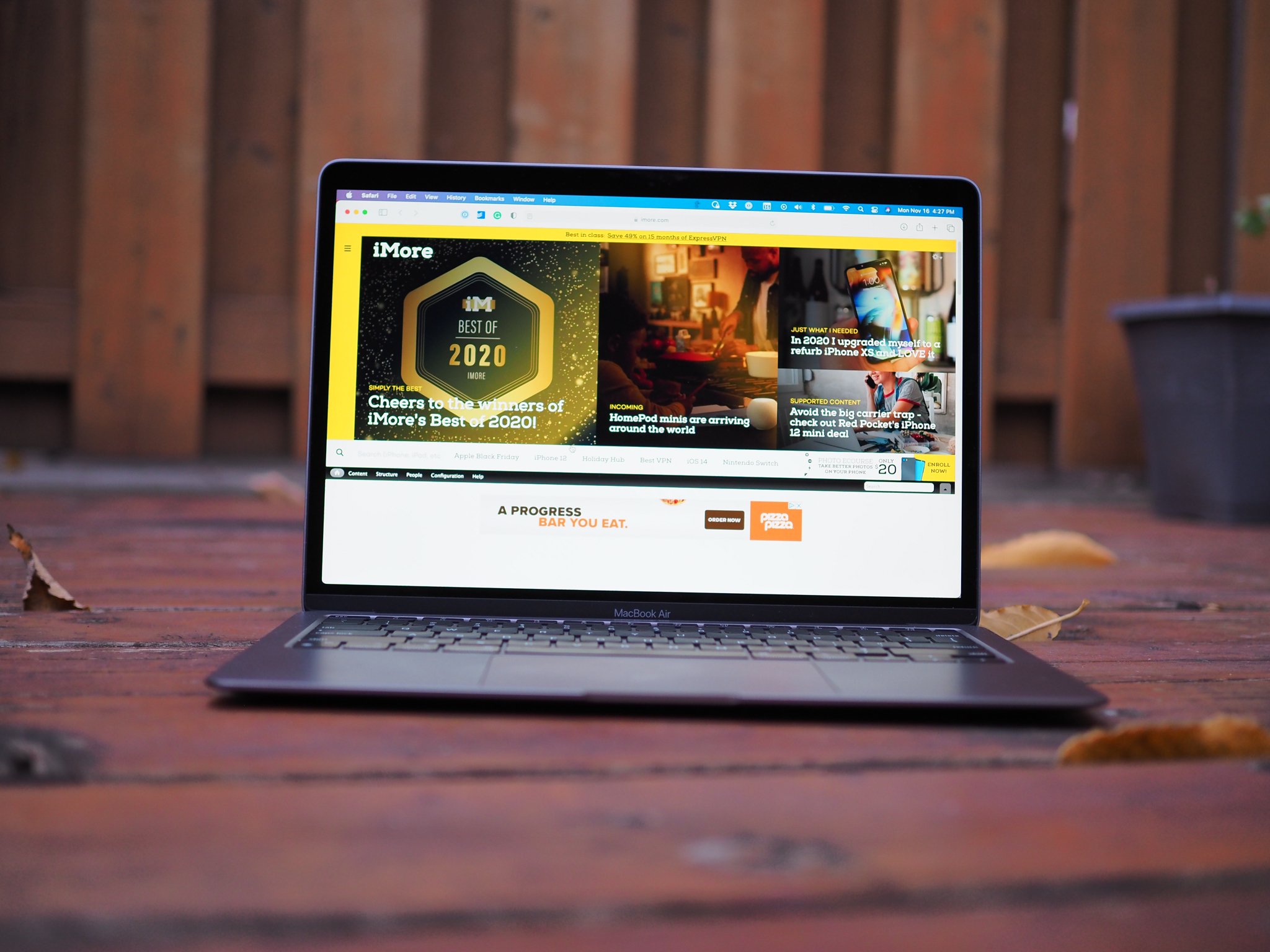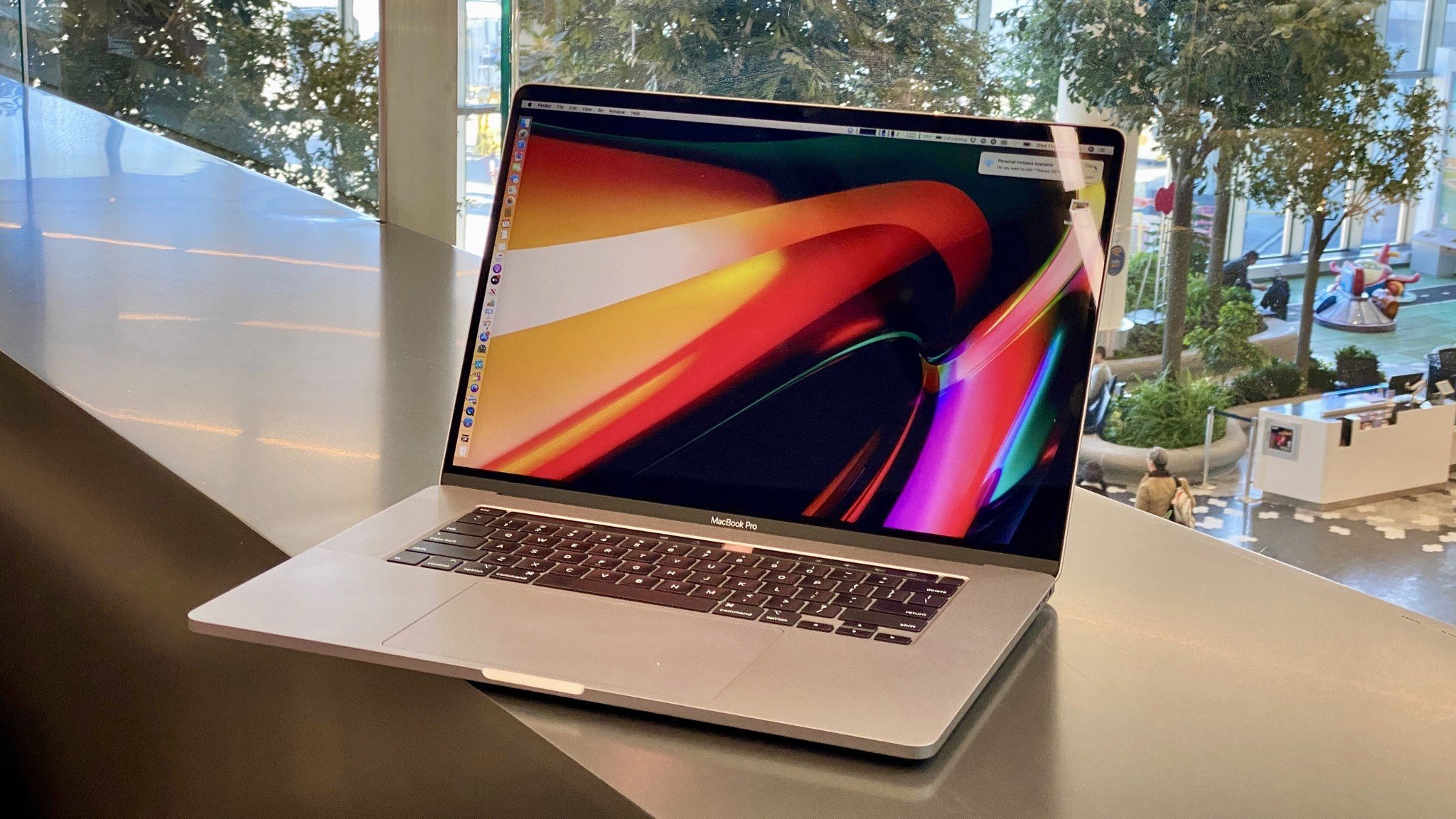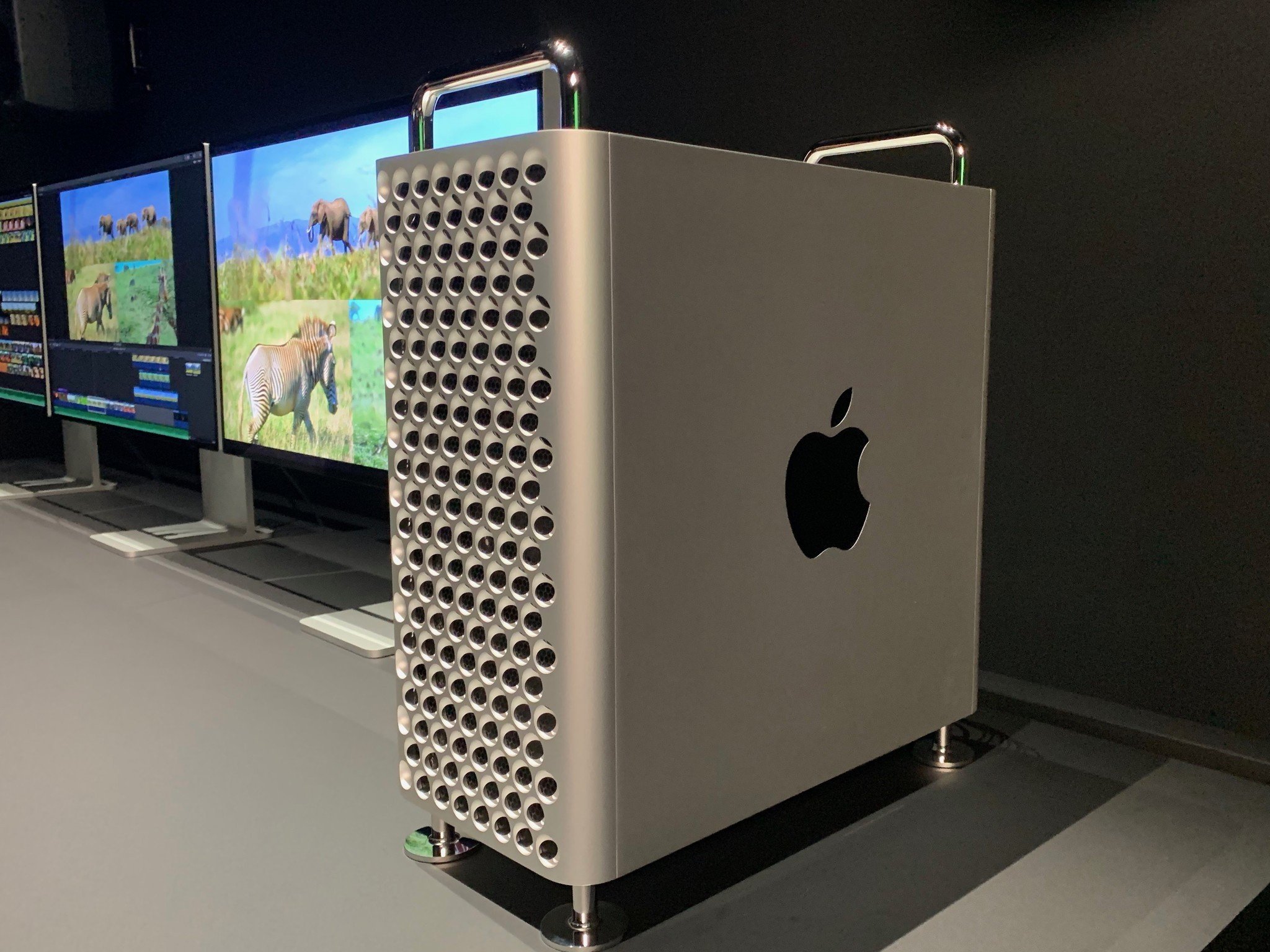Why Apple is hitting CMD-Z on the MacBook Pro

March 2015. Tim Cook takes the stage to show off the then-brand-new 12-inch MacBook. Not Air. Certainly not Pro. Just… MacBook. The first-ever Mac to have a USB-C port, the first-ever laptop. Just… one USB-C port. A force touch trackpad. And… a butterfly switch keyboard.
Flash forward to October 2016, and Tim Cook once again takes to the stage, this time to show off the completely redesigned MacBook Pro. It has 2 to 4 USB-C ports. But that's all it has. No USB-A. No MagSafe. No HDMI. No SD card reader. And no function keys. But, also, that force touch trackpad and butterfly keyboard. And a Touch Bar.
The 2-port, entry-level MacBook Pro was pitched as a MacBook Air Pro, something for everyone who wanted a Retina MacBook Air, fully two years before Apple would make an actual Retina MacBook Air.
Going all-in on USB-C caused immediate consternation tough. Because dongles.
Not for pros, who constantly migrated from VGA to DVI to Dual Link to Display Port to mini to HDMI, from FireWire 400 to 800, from Thunderbolt 2 to 3, from various flavors of SD to CF. Yeah, some of you just visit dongle town. We were born there.
But for tech nerds who fancied themselves pros but really had a far greater overlap with mainstream consumers who only really had USB-A cables, accessories, and peripherals and who suddenly found themselves fully thrust into dongle life for the very first time — and at hitherto unimagined scale.
Also, that butterfly keyboard, which I'll get to in a 5-alarm fire hot minute.
Master your iPhone in minutes
iMore offers spot-on advice and guidance from our team of experts, with decades of Apple device experience to lean on. Learn more with iMore!
See, Apple had been looking at the market. The PC market where they'd traditionally had only a single-digit share when it came to the Mac, and the phone market where they'd seen spectacular success with the iPhone, but particularly the tablet market where the iPad… had pretty much become the market.
Apple had done that not by making the iPad more like a desktop PC because that's what competitors had done to compete with the iPad and failed. But by making it more like a console. An appliance. Something for the far bigger market of people who hated PCs, felt intimidated by them, alienated even.
Obviously, the MacBook Pro is a PC, but Apple had been making it more and more iPad-like, appliance-like, over the years. Following on the heels of the MacBook Air, from when Steve Jobs walked into the Mac room, dropped the iPad on the table, and demanded to know why they couldn't just do that.
In some ways, some important ways, it worked. Apple sold a crap ton of these new MacBook Pros. Not to traditional Pros doing high-end video, audio, and graphics work, but to a rapidly growing developer base and to a new generation of people who self-identified as pros, who wanted the smaller, lighter Air-like experience but also coveted the Pro branding, even if they didn't have anywhere nearly the same needs.
I think Apple really thought they could satisfy both.

See, Apple is used to everyone hating on every change, at least at first. So, they've come to figure if they just hold course, we'll get over it, come around, quit complaining, and see their new way really is better.
That's what happened with the force touch trackpad. Most people loved the mechanical trackpad, and most people have come to love the proprioceptive lie that is the new, Taptic trackpad.
But that absolutely did not happen with the butterfly keyboard. Most people loved the old scissor switch keyboard. Some people liked the new butterfly keyboard better. But others hated its typing guts. And that didn't change. And since Apple's the only one that makes Macs — it's not like PCs where if you hate Apple's version with Butterfly you can just buy Lenovo's version with Scissor keys — since Apple is the only one that makes Macs, you could just buy it or be pissed by it or both.
Having something as important as the keyboard be that divisive just isn't tenable. And that's not even counting the reliability issues that followed.
Same with the thinner, lighter chassis. Which Jony Ive always saw as a key to usability — just easier to carry around for longer.
Apple also counted on Intel meeting their process shrink commitments to fit CPUs into those chassis. In other words, making future generation processors more powerful but also more efficient. And Intel failed at… all of that, throwing cores at performance and playing around with voltage and re-marketing turbo to compensate. It meant the MacBook Pro was basically always at TDP max. Always at Redline.

Now, Apple has made mistakes before. Plenty of them. They announced an iPod shuffle with no buttons and an iPhone 4 with an unintentional cellular pause play button right on the antenna gap.
Apple also fixed those mistakes quickly. They reverted the iPod shuffle within a year and had the iPhone 4 antenna replaced by the time Tim Cook rolled out the Verizon version like 7 months later.
The butterfly switch keyboard never got reverted and didn't even start getting replaced with the Magic Keyboard until late 2019. An eternity in technology and brand damage.
Flashback to June 2020, when Tim Cook announced the transition to Apple Silicon and the alternative to fixing the thermal envelope of the Mac — ripping out Intel from the inside.
Like June of 2019, when Cook announced the new, modular Mac Pro, replacing what was probably an even bigger failure in terms of the appliance-ificiation, which Apple took from cheese grater to trash can in 2013, only to revert back again some 6 long years later.

It's taken until now, this year, at least according to recent reports, for Apple to finally, fully revert the Mac Book Pro back as well. From all USB-C to MagSafe and SD Card reader, and from Touch Bar to media and function key row.
I think it's for the very same reason. The realization that in trying to follow the iPad story, they'd lost the story of the Mac.
In other words, the appliance model works great for consumers. It gives them products that are easier to use. Unburdens and empowers them in ways traditional computers never could. But that model just doesn't work for pros and, despite the sales it generates, it's just completely unhealthy for the Pro machines as well. Which makes it unhealthy for Apple as a whole.
Because, you can grow your market by adding new products for new customers, but if you start changing your core products for those new customers, you start losing those core customers. You're building higher, faster, but destroying your foundation. You're not just bringing up MacBook Air technologies; you're creating MacBook Pro technologies to push back down.
So, sure, add that entry-level Pro for that new generation of self-identifying pros, but also make those higher-end Pros into machines that even better serve the needs of your higher-end Pro customers.
Which is now just exactly what's reportedly on Apple radar.

Rene Ritchie is one of the most respected Apple analysts in the business, reaching a combined audience of over 40 million readers a month. His YouTube channel, Vector, has over 90 thousand subscribers and 14 million views and his podcasts, including Debug, have been downloaded over 20 million times. He also regularly co-hosts MacBreak Weekly for the TWiT network and co-hosted CES Live! and Talk Mobile. Based in Montreal, Rene is a former director of product marketing, web developer, and graphic designer. He's authored several books and appeared on numerous television and radio segments to discuss Apple and the technology industry. When not working, he likes to cook, grapple, and spend time with his friends and family.
